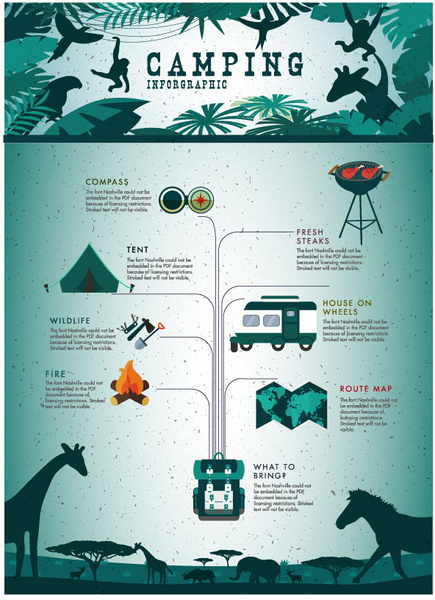Best Approaches To Sell Camping Tents And Operate An Online Camping Tents Empire
Best Approaches To Sell Camping Tents And Operate An Online Camping Tents Empire
Blog Article
Does Your Backpacking Tent Need a Footprint?
A footprint is costly and adds additional weight to your knapsack. It additionally isn't especially resilient.
Does Home Depot sell camping equipment?
Ultimately, whether or not a tent footprint is necessary relies on where and just how usually you're camping. In general, it's a good concept to make use of one if you camp on unpleasant surface areas or in damp problems.
Outdoors Tents with Reduced Deniers and Water Resistant Scores
Camping tents with lower deniers and waterproof ratings tend to be lighter, but they can also be more fragile. They may call for even more constant fixings and have much less indoor room than harder versions. If you're a laid-back backpacker that likes to travel fast and light, this might be great; nonetheless, even more skilled hikers know that giving up longevity can feature large repercussions down the path.
The denier and waterproof rating of an outdoor tents's cover, rainfly, and flooring can assist you determine its livability. Look for higher-denier textiles on the cover and rainfly, as well as taped seams that aid protect against water from leaking with stitches. Some manufacturers also make use of warm and sealant during construction to develop a more powerful seam; these are called welded joints.
The livability of a camping tent can likewise be determined by its flooring measurements and capability. A tent's flooring must be somewhat smaller than the footprint to stop water from pooling under the shelter.
Outdoors Tents in Rough Surface
Numerous backpacking tents consist of an impact created specifically for their model, which aids make sure a proper fit and protects the outdoor tents's base from wetness and sharp objects. Various other makers offer universal footprints that can be cut or folded up to match a camping tent's dimensions.
The kind of terrain you'll run into is one more essential factor to consider for selecting a tent. As an example, if you'll be camping in a canyon or gully, search for a shelter that can take care of strong winds. These conditions develop turbulence that can make the distinction in between enjoying your camping site or experiencing pain.
The capability and peak elevation of a camping tent give you a great idea of its livability, yet extra factors to think about include vestibules (the area of the rainfly covering the doors) and overall storage room. For instance, throughout our wintertime testing of the Marmot Tungsten, its charitable 93-by-82-inch flooring easily camping took care of four perspiring backpackers and their puffier shoulder season resting bags while still leaving sufficient area for gear and individuals.
Camping Tents in Damp Conditions
Even if your outdoor tents appears completely dry, moisture prowls in the nooks and crannies. With time, it can deteriorate the textile. That's why it's so essential to take advantage of day of rest to deep-clean your tent and its elements, such as zipper cellular linings, stake loopholes and adjustable webbing straps.
Additionally, make sure to pitch your camping tent in a flat area, not a divot or concave spot, to ensure that ground water doesn't gather between the camping tent flooring and footprint or tarpaulin. And if you're utilizing an impact, consider a custom-cut one created for your tent's layout. It won't gather rain the way a common ground cloth or tarp can.
Method establishing and taking down your camping tent in the house before you took off, to get a feel for exactly how promptly and effectively you can do it. Additionally, practice scouting your tent in different surfaces to see how very easy it is (or isn't) to do in bad weather conditions.
Outdoors Tents in High-Rise Situations
Tents vary in flooring size and livability. As an example, a large camping tent with twin doors and vestibules like Marmot's Tungsten can handle 4 backpackers without calling for gymnastics to get in and out or to save equipment.
The minimum path weight requirements is the best spec to contrast versions, as it includes the bare fundamentals: outdoor tents body, rainfly and poles. However bear in mind that the specification excludes camping tent risks, guy lines and things sacks.
Most backpacking tents can stand up to a light summer season storm, but some can be swept away by gale-force gusts. Try to find a design with solid poles, a raised bathtub-style flooring and joint taping to reduce the possibility of water permeating via. Pricier styles likewise often tend to include stronger products that can stand up to the impact of debris and other forces.
Do canvas tents shrink?
